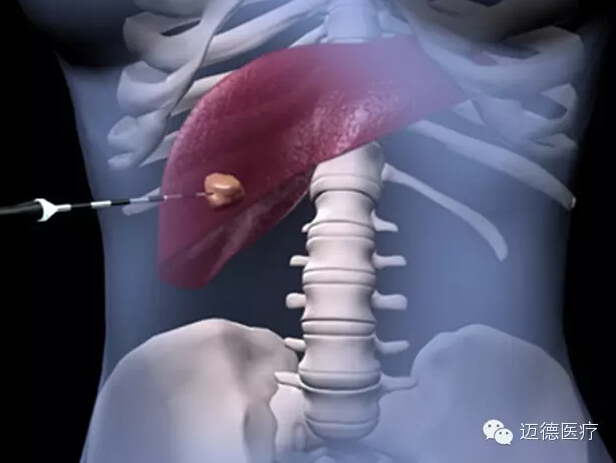


The research group from Houston, Texas, United States founded by bright field microscope, scanning electron microscope, atomic force microscopy and some other methods of detection, the cell topology structure, morphology, mobility, absorption and separation of the pancreatic cancer cells treated by RF had been affected, and produced variety. And except for cancer cells, the cell phenotype of common cells had also significant difference before and after RF treatment. For example, malignant cancer cells after RF treatment will be reduced, but the normal pancreatic cells don’t appear obvious morphological changes. For mobility, the mobility of pancreatic cancer cells is increased after RF treatment, whereas in normal pancreatic cells, the mobility becomes weak 20 hours after RF treatment. There were some other data, including survival rate of the cells and detection of biophysical properties of the cells, indicated that non invasive RF treatment would have different effects on cancer cells and normal cells.
They also measured a large number of cells by high-throughput methods, in order to obtain a more statistically significant data. At the same time, the imaging data also shew, they recorded for the first time, the pancreatic cancer cells after RF treatment appeared nanoscale channels, and they found that the nanoparticles can pass through these channels of the cancer cells. For the first time, this study started from the cell phenotype to analyze the different responses of different types of cells to RF treatment. It helped to accumulate data and provide a way of thinking to optimize the non-invasive RF treatment, and find a special treatment for cancer cells.